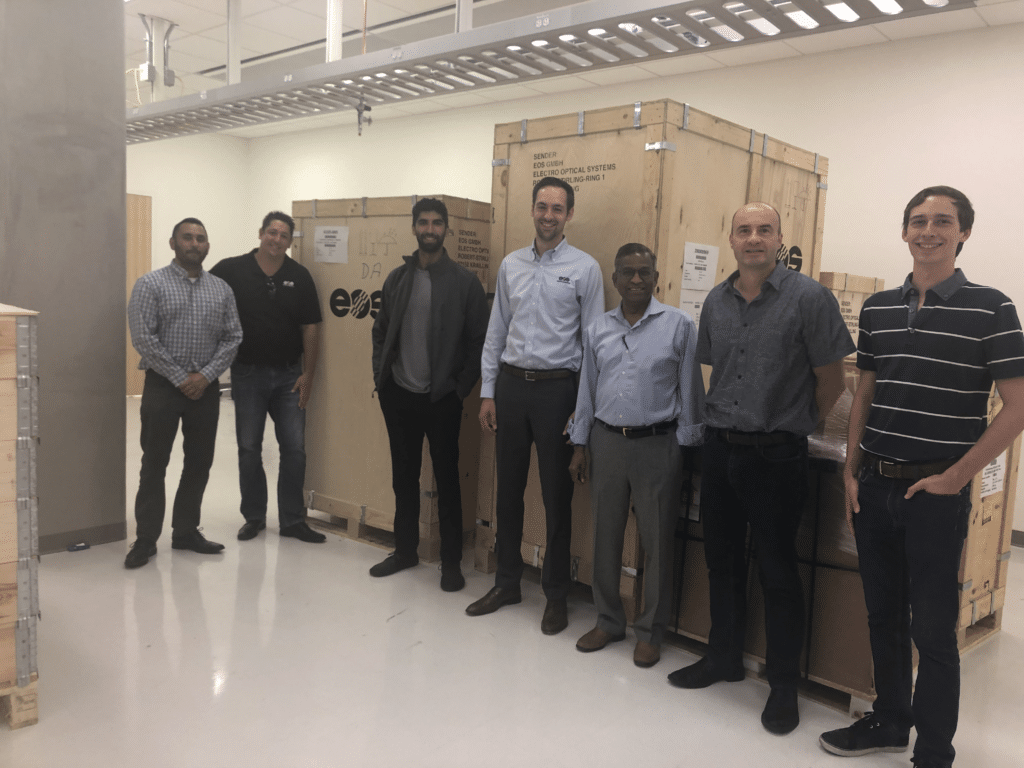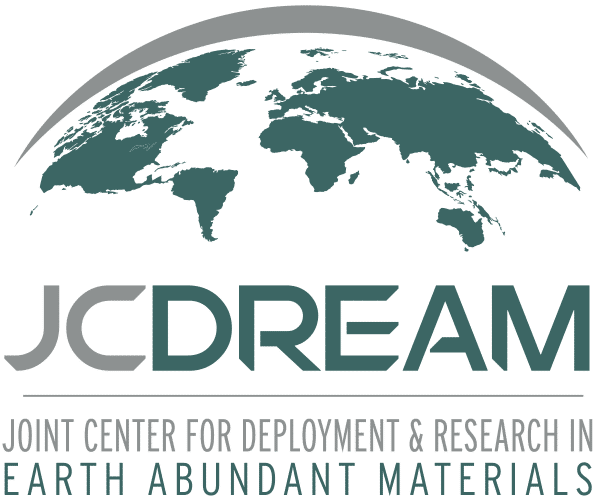Contact:
Dwayne Arola: darola@uw.edu
University of Washington
Materials Science & Engineering
Background
That’s the capability of the new state-of-the-art metal 3-D printing system developed by EOS and recently acquired by UW. A team of engineering faculty, led by PI Dwayne Arola, secured funding from JCDream and the EOS company to purchase the system. In tandem with existing technology on campus, the system will supply students with unique access to the latest metal manufacturing techniques, making them uniquely prepared to tackle problems in the workforce.
The system uses Selective Laser Melting (SLM) to produce extremely high quality metal components from metal powders such as aluminum, nickel and titanium alloys. Components are produced according to a layer-by-layer fabrication, in which each layer of powder is selectively melted by a high power laser beam according to the desired part geometry.
SLM and other 3-D additive manufacturing processes have generated great interest among engineers because they remove the usual design constraints. In traditional manufacturing methods, engineers must create designs using simple geometric shapes. 3-D additive manufacturing opens up the possibilities. “This method of manufacturing lets you develop shapes that would be otherwise impossible,” says Arola, associate professor of Materials Science and Engineering. “You can create a shape that has almost unlimited geometry.” This freedom, he says, “has captured the imagination of many engineers.”
Because the 3-D printing additive manufacturing process is so new, most manufacturers don’t know how best to utilize it. What’s more, the expense of acquiring a system and doing research is generally prohibitive. That’s where the UW comes in: companies will be able to access the printer for research. The acquisition of the new printer complements a second 3-D additive manufacturing printer, which uses electron beam melting, acquired in 2018. “If we even had one of these printers, it would be a dream,” says Arola. “With access to both systems, students will be able to learn cutting edge skills and gain insight into how the technology functions. Companies are trying to figure out which system best suits their needs; our students will have the answers.”
“Being exposed to this technology, and having the opportunity to transform a design from a digital model to an actual real composite part, will provide unprecedented opportunity for our students to be competitive in the job market,” says Marco Salviato, assistant professor of aeronautics and astronautics.
The new printer will also facilitate inter-department collaboration at UW, allowing faculty to achieve more ambitious research goals. For example, aeronautics and astronautics engineers know how to design structures that fulfill the requirements of their field, while materials science engineers understand the materials science aspects of additive manufacturing. Their collaborative research, says Arola, will now not merely be theoretical. “We will do more than just talk – we can print.”


